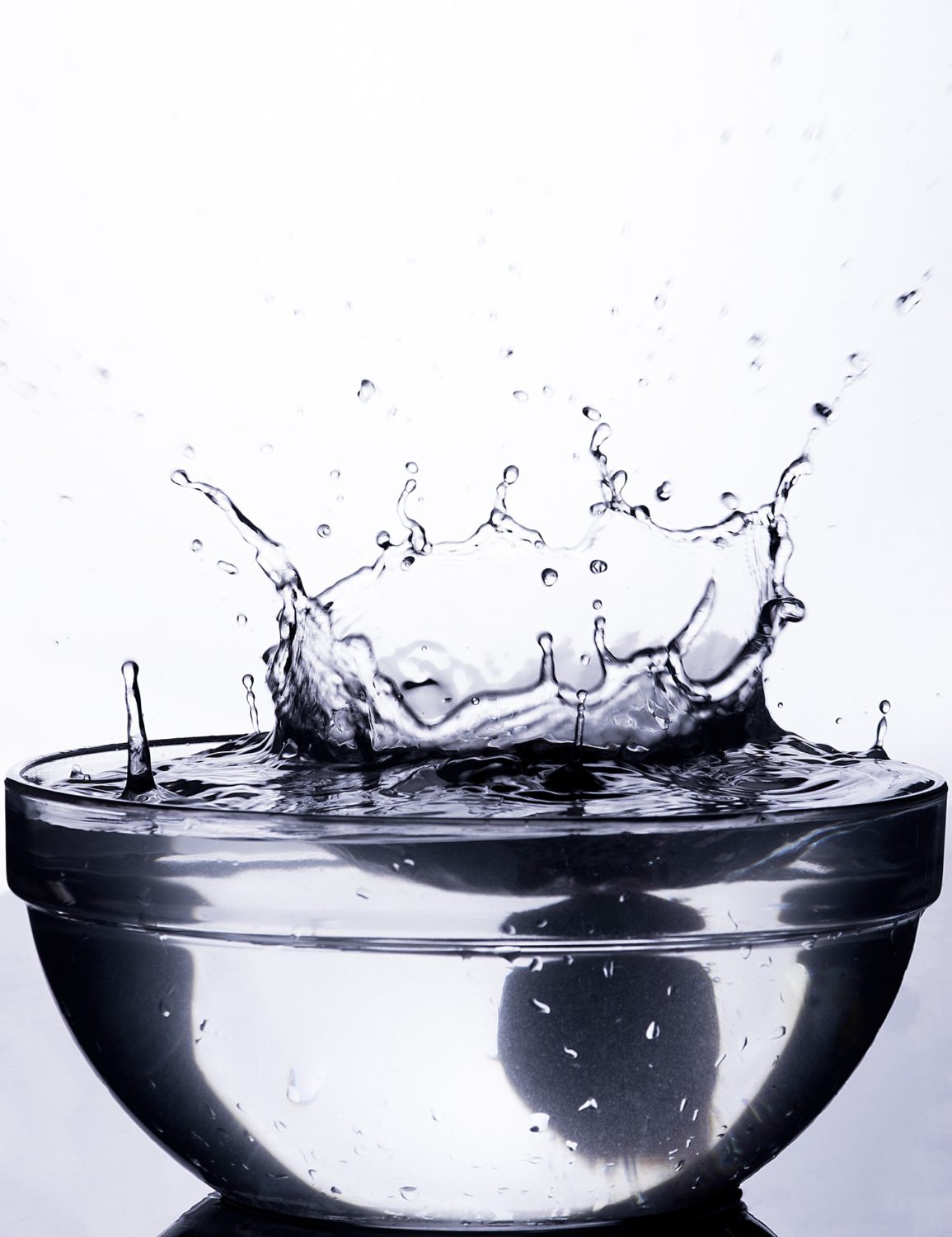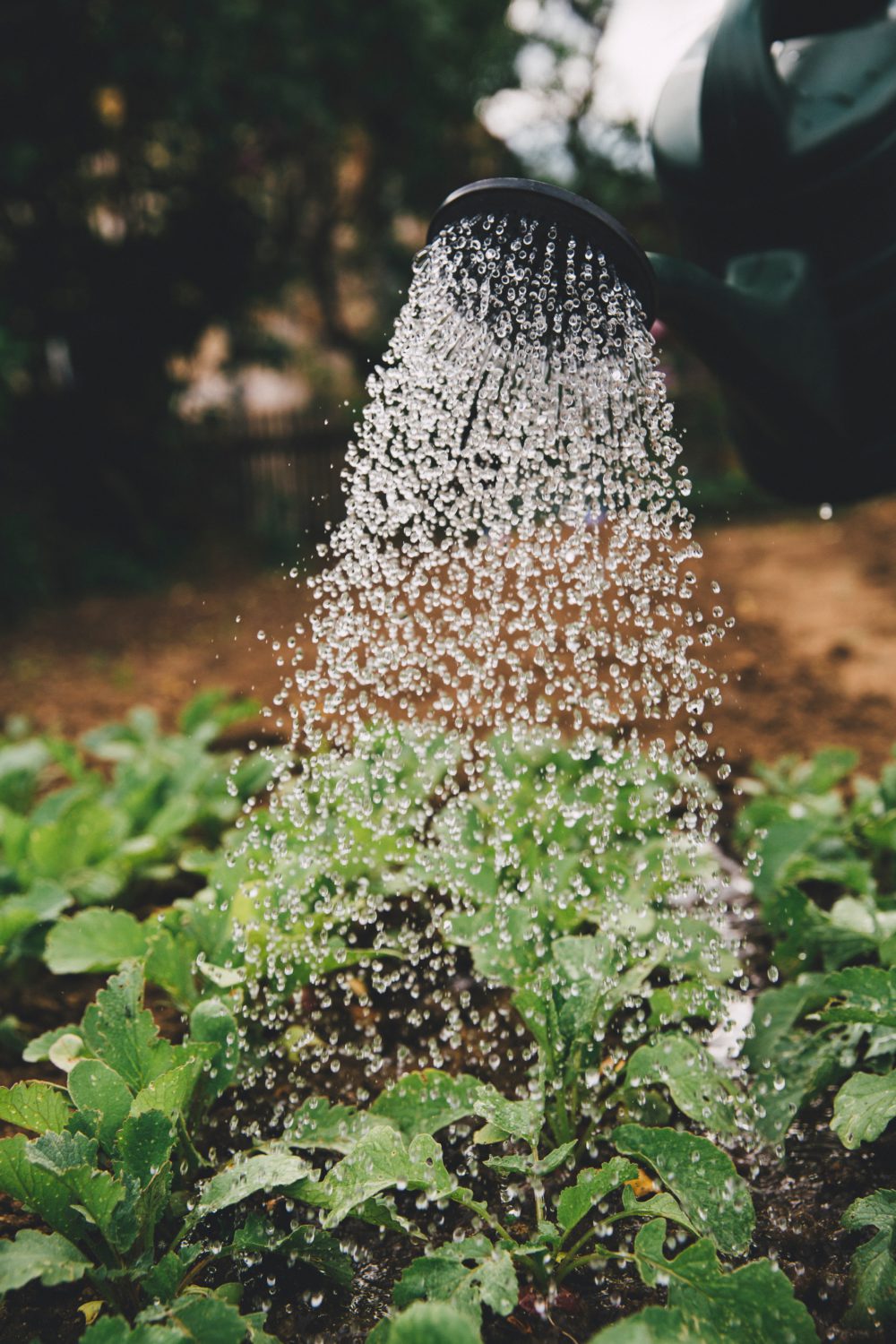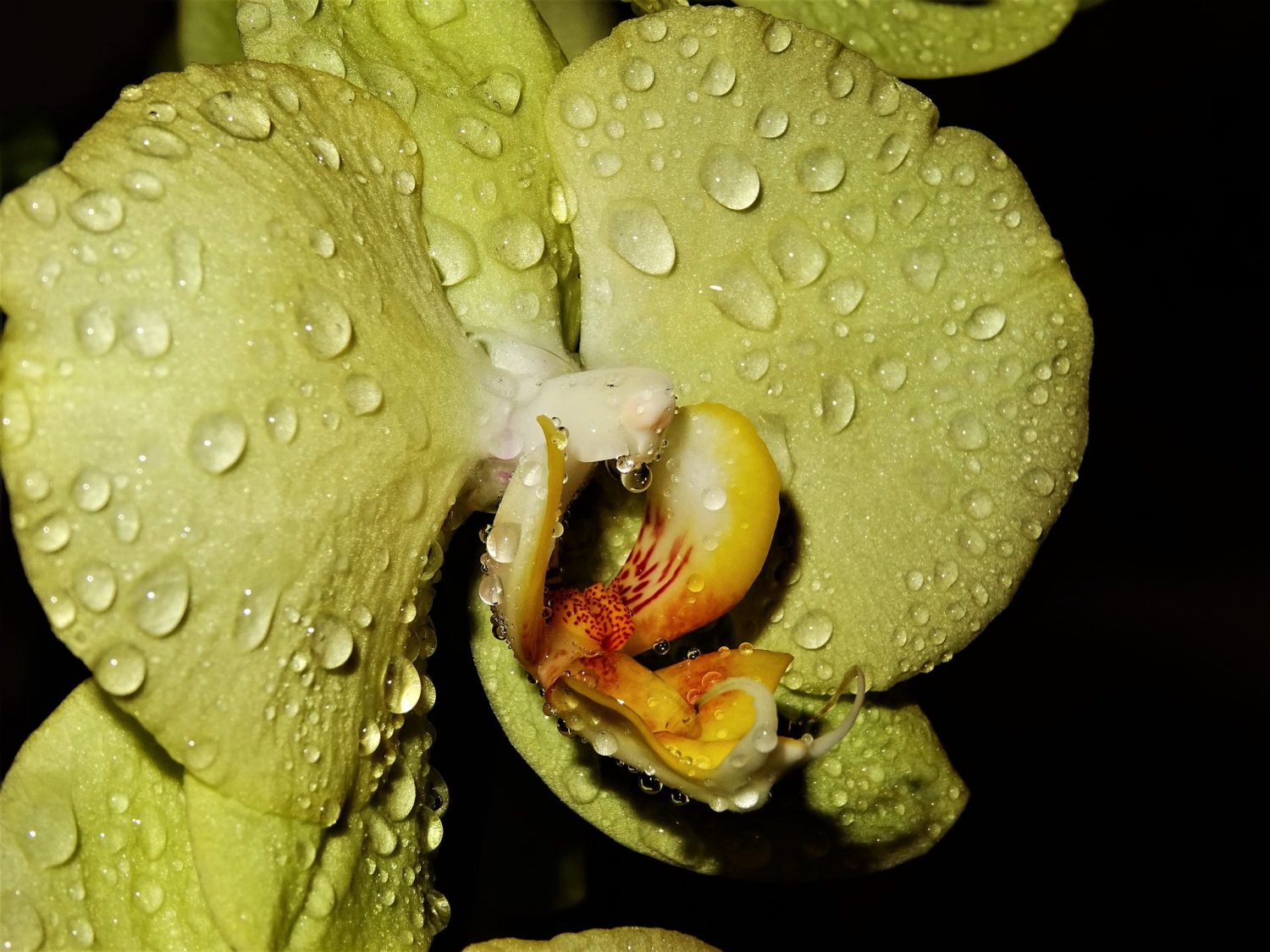It’s no secret that for a long time, orchids have gotten the reputation of being hard to care for, hard to keep alive and downright frustrating to have in your home. Thankfully, none of the aforementioned are true. There’s just so much misinformation leading you to believe this. In this article, I’m going to talk about how to water orchids indoors. Specifically, I am speaking of Phalaenopsis orchids.
Personally, I do have my favorite method but what works best for me may not work best for you. Irrespective of that, there are still wrong and right ways to water your orchids. You’ll soon find it’s not as hard as you’ve been told.
* This post contains affiliate links. I earn a small commission if you decide to buy on qualifying purchases. I only recommend what I know and love and am in no way otherwise compensated for recommendations.
Ice Cubes Watering Method
There will probably be some folks that I will catch flak from for this, but I cannot personally recommend watering orchids with ice. Will it kill your orchid? Probably not, although it is possible. On the other hand, it’s not exactly ideal either and can actually cause some fairly serious issues.
Phalaenopsis orchids in nature are epiphytes. That means they get their nutrients from the air and their surroundings, not from soil. When you picture this in your mind, that also means the roots are exposed to the air. Phalaenopsis orchids are tropical plants, and since their roots are in the open, the rain washes over them, gives them a drink, and drains off leaving no excess behind.
Tropical rains are not cold, ice is very cold. Shock to the root system is likely. Also, tropical rains tend to come in mists or sudden heavy downpours, drenching the orchids and then disappearing. It’s not a slow delivery system such as the ice cube slowly melting or those “self-watering pots,” also not recommended.
My personal belief is that plants thrive best when we offer them the closest possible match to their natural environment. Think about it: When you go away somewhere and that environment makes you feel at home – is that not a place you enjoy staying? You thrive there too 🙂 I don’t think plants are much different from us in that sense.
Soaking Method
The soaking method is a great choice. Here are the steps to successfully use this watering technique:
- Have a bowl or container large enough to hold your orchid still in its pot. Alternatively you can also use your sink if it has been cleaned.
- Fill your container up with enough warm/tepid water that it will come to near the top of your orchid pot. Right at the top is fine also.
- Leave your orchid soaking for around 15 minutes in the water.
- Remove your orchid from the bowl, container with water in it or sink (whichever you chose) and let the excess water drain completely out of your orchid’s pot from the sides and bottom. If need be, you can very gently tilt your orchid pot slightly back & forth to help the remainder of the water drain.
This method of watering is great because you can also add your fertilizer to the water it’s soaking in which saves you time and delivers the food directly to the roots as they soak in the water.
Do be careful not to soak too long. Orchids are not fans of sitting in water. They are air lovers. When orchid roots soak in water too long or have water pooling in the bottom of their pots, their roots will rot and that’s never a good thing for your orchid’s health. Once enough root rot occurs, it’s difficult to salvage your plant.
The best of the best orchid pots and other goodies you’ll need to keep your orchids healthy can be found here at my shop.
 Watering From Above
Watering From Above
Admittedly, this is probably the technique of watering used by me the most. It can be time consuming however if you have lots of orchids, as I do. My next technique following this one will help you with that, if you find yourself with that dilemma.
This method is pretty self explanatory. I make sure the water from my sink is on the warm side (not hot). Then I hold the pot under my faucet and douse the potting medium with water from the top. Very gently, if any orchid leaves are in the way, I will lift those up to ensure the water is soaking all of the areas in my pot. Due to the nature of orchid pots, you should be able to see through to the roots and notice that they are getting green and plump.
As I mentioned in one of the above paragraphs, because tropical rainstorms tend to really soak the roots of orchids in their natural habitat, it’s important to mimic that when watering at your sink. A lot of times what I recommend doing is to heavily douse the top and around the sides of your pot. Then, let the excess water drain out for a moment. Soak the top of the pot again. Drain. Repeat that process one more time for a total of 3 times. They seem to really enjoy it 😉
Pump Sprayer Method
Just recently I discovered this trick and have found it to be extremely helpful for watering large collections at once. Just as you can do with the soaking method, fill this pump sprayer with your fertilizer and warm water both. The hard work is done for you. Obviously, you will need to pump up the pressure before you can spray but the pressure holds for a fair amount of time.
Use this technique in the same way you would at your sink. Thoroughly soak your potting medium, allowing all of the excess to drain out of the bottom and sides of your pot. Do be sure to really get your bark or spaghnum moss soaked to prevent premature drying before your next watering.
How Often Should I Water?
Once every week works for me. A lady that I respected greatly in the orchid world watered hers once every 2 weeks. You can safely water somewhere in that time frame, usually every 7-10 days. Over-watering your orchids is far more lethal than not watering frequently enough. You will begin to see signs of distress in your foliage when there is a watering issue.
somewhere in that time frame, usually every 7-10 days. Over-watering your orchids is far more lethal than not watering frequently enough. You will begin to see signs of distress in your foliage when there is a watering issue.
You also have to take into consideration the type of potting media you have. Orchid bark dries out more quickly than sphagnum moss.
As for fertilizing – that will also vary. In the orchid world, there is a rule many live by, “Feed weakly, weekly.” Weakly means diluting your fertilizer much more than what the container you have calls for. Otherwise, you are typically safe to feed orchids once every 4 weeks.
Orchids Must Have Humidity
Orchids are humidity loving creatures. They are from the tropics after all. Without relatively high humidity, orchids will not thrive. They prefer between 40-70% humidity.
There are a few ways to increase humidity for them. You can purchase a humidifier for the room housing the orchids, purchase a humidity tray, or you can make a homemade tray with pebbles to create humidity as well. To make a homemade humidity tray, here’s a great link explaining well the different options you have: National Gardening Association – How To Create Humidity
Pick The Best Way To Water Orchids For You
It’s important that you’re comfortable with how you take care of your orchids. These watering techniques mentioned, with the exception of ice cubes, work beautifully and keep your orchid feeling and looking great.
Remember, orchids absolutely hate sitting in water and will rot. Whichever method you choose from this list, be sure to let excess water drain out. It’s a simple, yet critical, part of orchid care. If you are wondering what colors for orchid roots are good, see my post about trimming orchid roots.
Cheers to much healthier orchids! Please let me know if there are any questions I can answer for you by leaving a comment below.


Leave a Reply